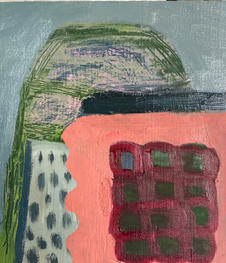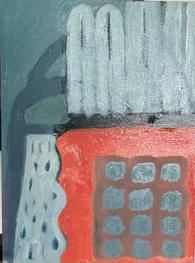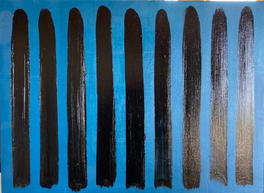Traders Tracks

Commissioned for 'Traders Tracks':
"A New Leaf and Salt Road Arts Council England collaborative commission, in partnership with Herefordshire Council Library services, to develop practice in research, exhibitions and engagement activities: Walking artist events, book art and digital art. Inspired by Alfred Watkins Postal Club Archive which became The Old Straight Track 1927-34, held at the Hereford Archive & Records Centre. The archive was a participatory postal club, where Watkins and other members of the club tested his hypothesis of trading pathways across the UK, through which pre-Roman communities shared goods and services."
Traders Tracks art event at Croft Castle and Croft Ambrey Iron Age camp.
Sighting the Ancient Landscape:
Informed by Alfred Watkins' close observation of the land, his process of sighting and searching for clues to the past in the present, and his suggestion that “it may be that all the first straight ways were made for trading”, participatory walks from the Castle to the Iron Age Fort will explore the ancient parkland and invite the free exchange of observations, and experiences.
Walks to the White Cross
The White Cross in Hereford stands on the site of a medieval plague stone, a safe site - on the outskirts of the city - where goods were traded during the plague. A plague stone (and the White Cross) are examples of markers providing evidence of ancient straight trackways which led to Alfred Watkins' identification of ley lines.
Drawings made while walking to the cross, alone and with invited participants, are developed into 'sightline' paintings that are sometimes part of a gift exchange at the Cross.
Bogus Evidence
In 'The Old Straight Track' Alfred Watkins councels Postal Club members to guard against identifying ley lines based on "bogus evidence". The idea of these false traces informed a series of photographs and collages.










